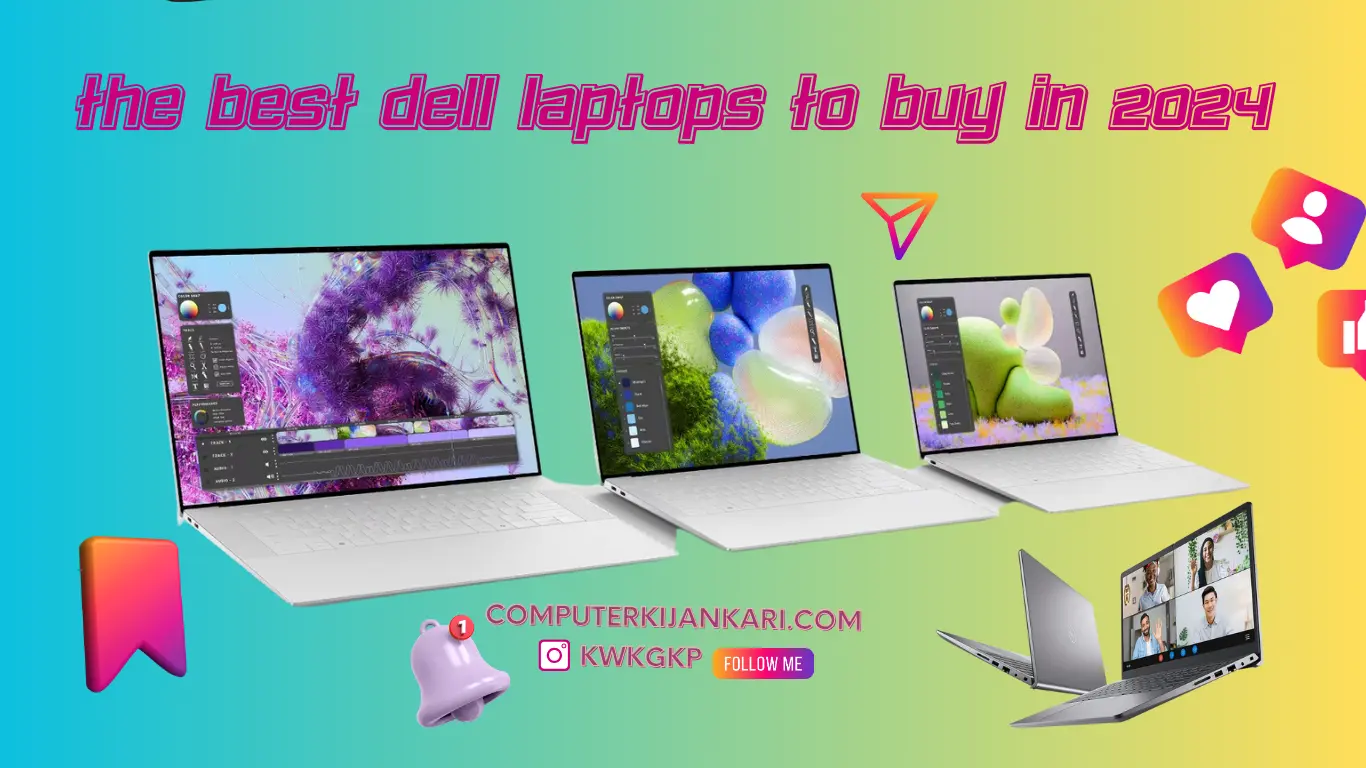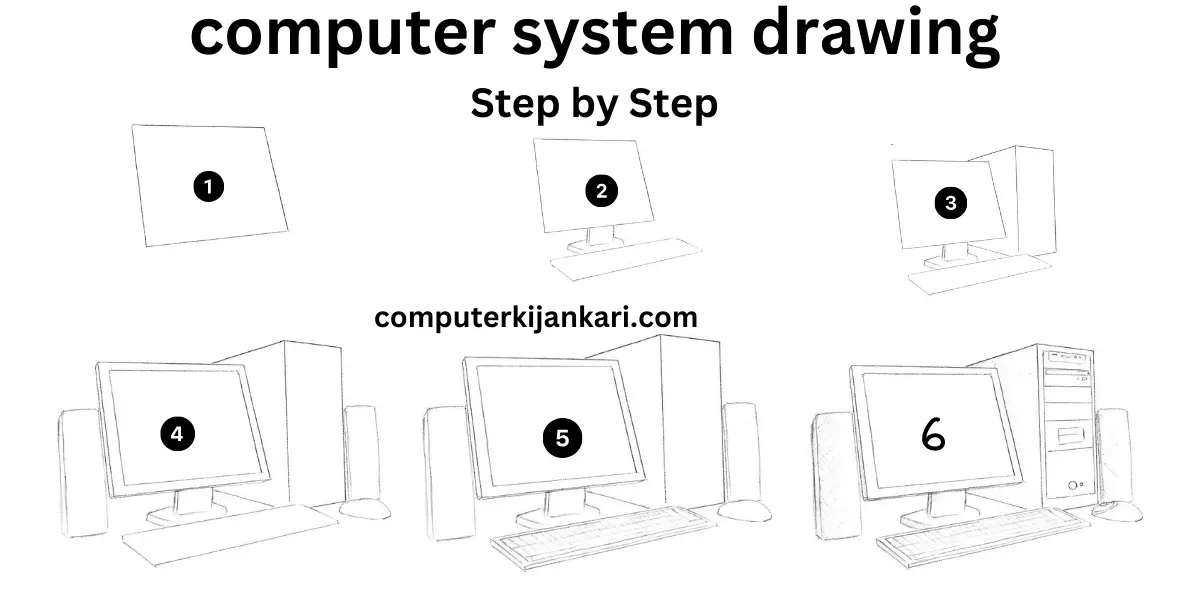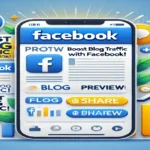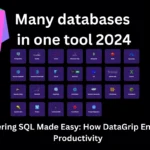Pandora’s Box: The History and Evolution of a Jewelry Empire (2024)

Introduction:– Pandora is a famous figure from Greek mythology, known for her curiosity and mysterious box. Here’s the breakdown: The ...
Read more
Costco Gas: Quality and Performance Review (2024)

Introduction to Costco Gas Costco Gas: Unveiling the Warehouse Club Fuel Advantage In the ever-fluctuating world of gas prices, Costco ...
Read more
MS Word Tutorial in Hindi (2024) Step by Step part-1

MS Word Tutorial: shuruaati logon ke liye ek step-by-step guide MS Word duniya ka sabse lokpriya word processing software hai. ...
Read more
What is Ms words formatting text? We will learn about it in details step by step.
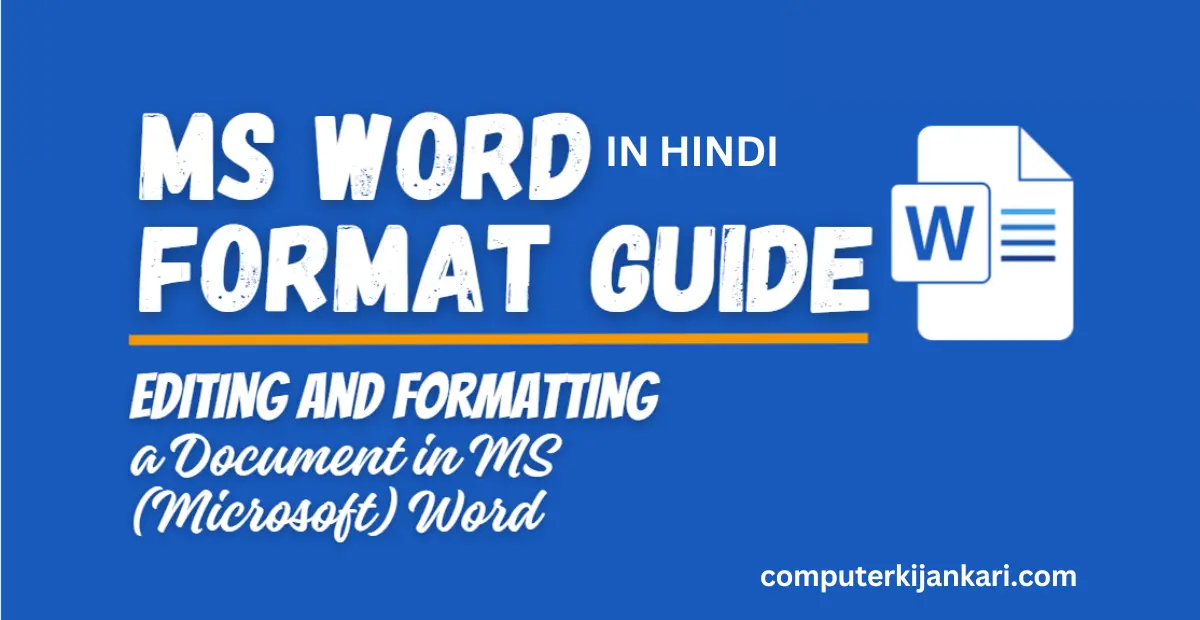
introduction MS Word में formatting text का मतलब दस्तावेज़ में लिखे टेक्स्ट की दिखावट को बदलना होता है. इसे और ...
Read more
How to Get Synthetic Monitoring Up and Running in New Relic
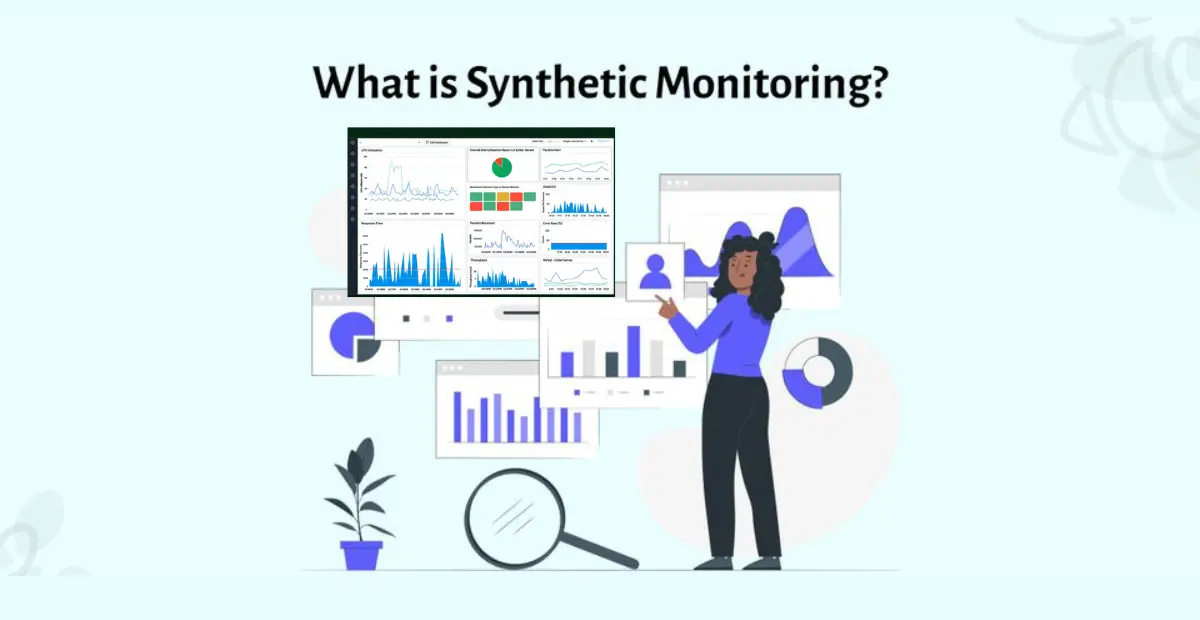
How to Get Synthetic Monitoring Up and Running in New Relic Ever wondered how users from different locations experience your ...
Read more
Samsung Smart Monitor M8: Har Tarah Ke Kam Ke Liye Best
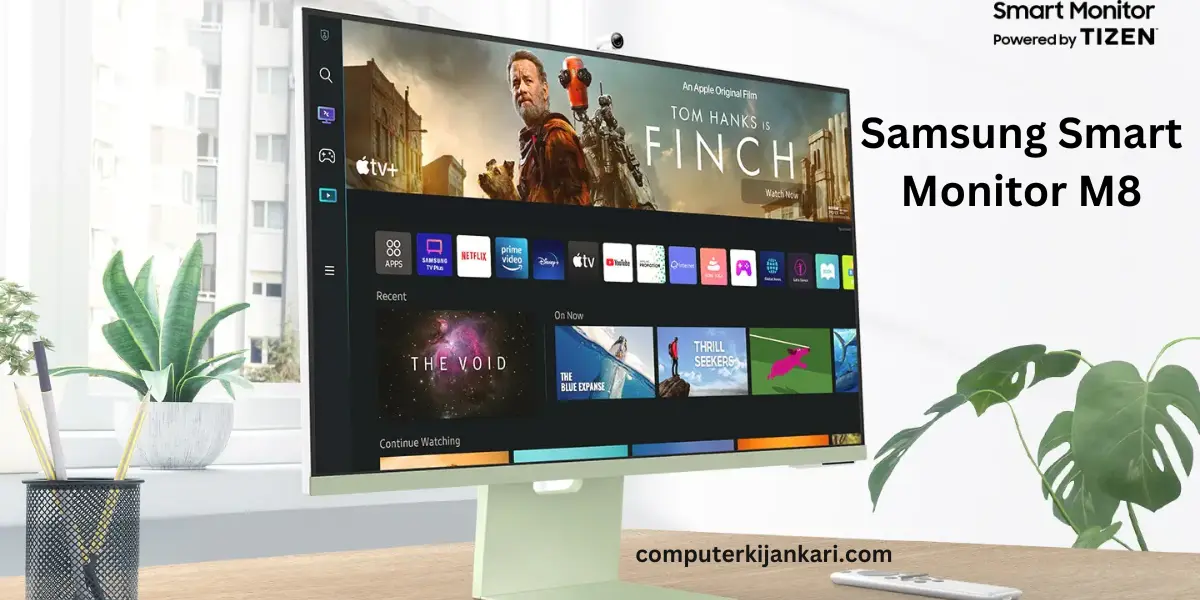
Samsung Smart Monitor M8 Samsung Smart Monitor M8 ek aisa monitor hai jo har tarah ke kam ke liye perfect hai. ...
Read more


